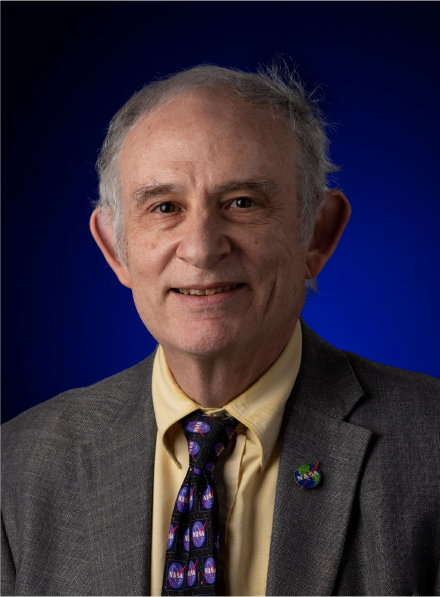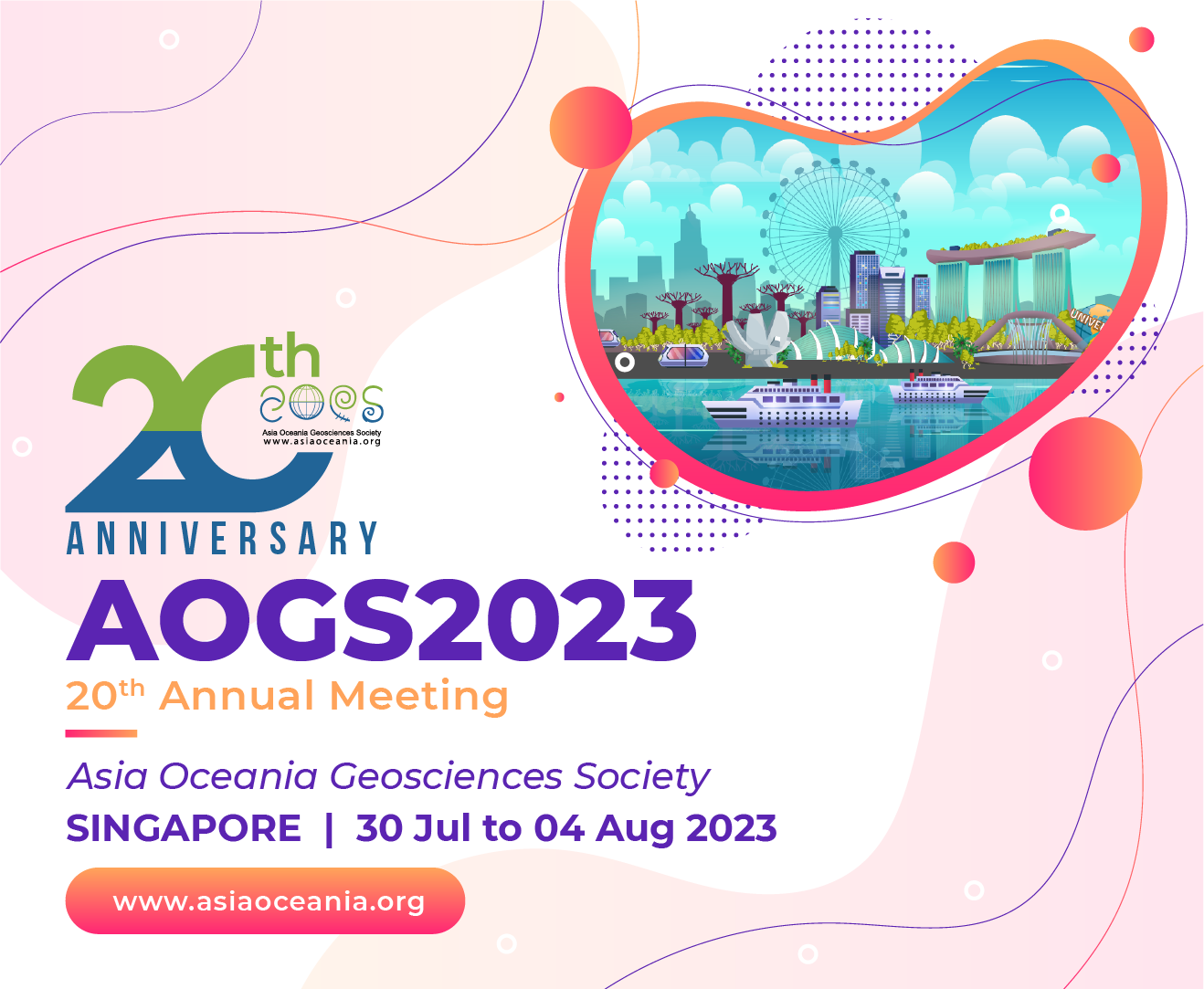

Jack KAYE
National Aeronautics and Space Administration, Earth Science Division
Jack Kaye currently serves as Associate Director for Research of the Earth Science Division (ESD) within NASA’s Science Mission Directorate (SMD). He has been a member of the Senior Executive Service since August, 1999, managing NASA’s Earth Science Research Program. He joined NASA at the Goddard Space Flight Center in 1983 as a research scientist studying the Earth’s stratosphere, and began work at HQ as manager of the Atmospheric Chemistry Modeling and Analysis Program in 1990. He also held a post-doctoral research associateship at the US Naval Research Laboratory. As Associate Director for Research, Dr. Kaye is responsible for the research and data analysis programs for Earth System Science, covering the broad spectrum of scientific disciplines that constitute it. He represents NASA in many interagency and international activities most notably the Subcommittee on Global Change Research and various committees for the World Meteorological Organization, including now serving as Vice Chair of WMO’s Expert Team on Space Systems and Utilization. He has received NASA’s Distinguished Service Medal in 2022. He was elected as a Fellow of the American Meteorological Society and the American Association of the Advancement of Science (AAAS) in 2010 and 2014, respectively. His academic training is in chemistry (B.S. Adelphi University, 1976; Ph.D., California Institute of Technology, 1982).
Special Session 01: Space Agency Perspectives on the Remote Sensing of the Earth
02 August (Wednesday) | 10:20am – 12:20pm │MR335
NASA's Earth Science Division Program
NASA’s Earth Science Division (ESD) maintains a balanced, end-to-end program of space flight, research, technology, applied sciences, and data systems. ESD has a current fleet of 25 operating missions, and numerous 19 others in development, formulation and pre-formulation, with a significant number of launches in the time frame from late 2022 through mid-2024. The satellite program is a mix of platforms and instruments, ranging from large to small, many of which involve international partnerships. In addition, ESD is looking to move forward with its Earth System Observatory, based on mission concepts and solicitation strategies outlined by the US National Academies of Science, Engineering, and Medicine in its 2018 Decadal Survey for Earth Science. The balanced program integrates multiple vantage points (space, airborne, surface) and also integrates observations and models to provide for hypothesis test, prediction/projection, and data assimilation and reanalysis. It also includes a strong focus on “Earth Action” to assure that the results and knowledge obtained can inform decisions that protect life, health, and property now and in the future. ESD-produced data is freely shared with user communities in the US and globally, and an emphasis on Open Source Science is enhancing participation of research and user communities in all elements of ESD’s programs. In this talk, a review of the ongoing and future program will be presented.
